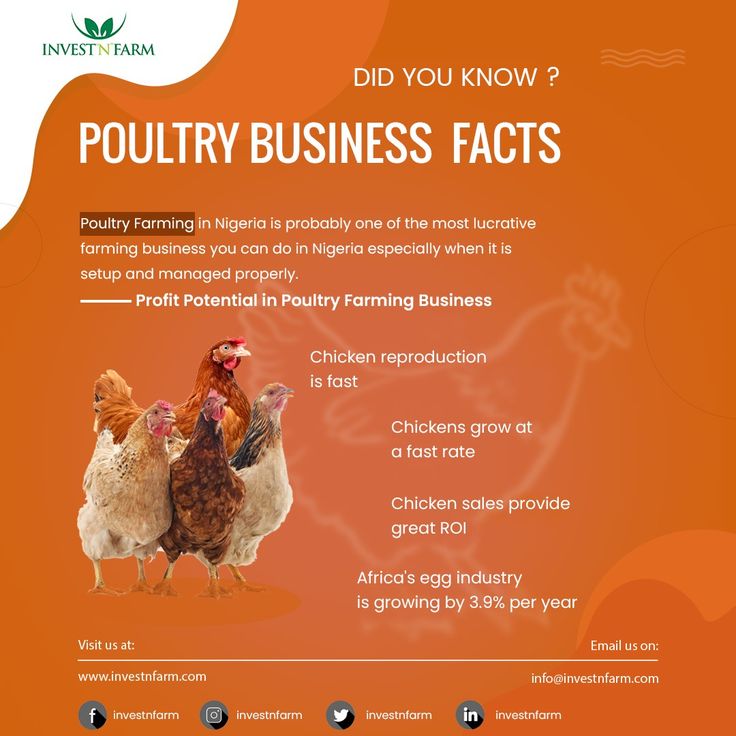Georgia, the Peach State, is perhaps best known for its succulent peaches and rich history. However, there’s a powerhouse lurking in the background that deserves equal recognition: the poultry industry. With its profound economic impact and cultural significance, the poultry sector is an integral part of Georgia’s identity. Here are some enlightening facts about Georgia’s poultry industry that everyone should know.
1. The National Leader in Poultry Production
Georgia holds the crown as the leading producer of poultry in the United States. This captivating status not only reflects the vast scale of operations but also underscores the efficiency of its production techniques. Georgia’s annual output exceeds 1.5 billion chickens, translating to approximately 45 billion pounds of chicken produced each year. This makes the state a critical player in national food supply chains.
2. Economic Impact
The economic ramifications of the poultry industry in Georgia are staggering. The sector generates over $20 billion annually, contributing significantly to the state’s economy. Poultry is not merely a source of revenue; it sustains thousands of jobs across various sectors, from farming to processing and distribution. Approximately 100,000 Georgians are employed directly by poultry farms and related industries, making it an economic linchpin.
3. Diverse Poultry Products
While chicken may dominate the poultry landscape, there is much more to Georgia’s offerings. The state produces a diverse array of poultry products, including broilers, turkeys, and eggs. Broiler chickens are the most common, but Georgia also ranks among the top states in turkey production, contributing to the festive tables across America, particularly during Thanksgiving.
4. The Role of Technology
Georgia’s poultry industry has embraced cutting-edge technology to enhance productivity and sustainability. Innovations such as automated feeding systems, climate-controlled housing, and advanced breeding techniques have revolutionized poultry farming. These technologies not only improve efficiency but also optimize animal welfare, ensuring that the poultry are raised in healthier, more humane environments.
5. The Importance of Biosecurity
In an era of increasing global trade, biosecurity has become paramount in Georgia’s poultry industry. With threats of avian diseases on the rise, stringent biosecurity measures are in place to protect flocks. Farmers employ practices such as controlled access to farms, rigorous sanitation protocols, and regular health monitoring. These measures are critical for maintaining a healthy poultry population and safeguarding the industry’s economic stability.
6. Sustainability Practices
As environmental concerns continue to grow, Georgia’s poultry producers are also focusing on sustainability. Many farms have adopted practices aimed at reducing waste and conserving resources. For instance, poultry litter is often repurposed as organic fertilizer, while water usage is carefully managed to minimize depletion of local water supplies. Furthermore, the industry aims to reduce its carbon footprint through energy-efficient production methods.
7. The Global Market
Georgia’s poultry industry is not only a domestic leader; it also plays a significant role in the global marketplace. The state exports poultry products to numerous countries, making Georgia a vital contributor to international food security. Exporting poultry products helps solidify America’s position as a leading food supplier worldwide, and Georgia’s production capabilities are at the forefront of this effort.
8. Cultural Significance
Poultry has woven itself into the cultural fabric of Georgia life. From fried chicken to chicken and dumplings, these dishes are staples in Southern cuisine. State fairs often feature chicken exhibits, and local festivals celebrate the industry. The deep-rooted tradition surrounding poultry not only emphasizes its economic value but also highlights its importance to the community’s identity.
9. Research and Development
Georgia boasts several institutions dedicated to advancing poultry science. Universities and research facilities are at the forefront of developing innovative poultry management techniques, nutritional advancements, and disease control. These institutions collaborate closely with farmers to implement research findings, ensuring that the industry continues to evolve and meet growing demands sustainably.
10. Challenges and Future Trends
Despite its success, the poultry industry in Georgia is not without challenges. Issues such as labor shortages, fluctuating feed prices, and environmental regulations pose obstacles to future growth. Additionally, the industry must navigate changing consumer preferences toward free-range and organic products. As the market evolves, Georgia’s poultry producers are likely to adapt, focusing on innovative production practices and value-added products to maintain their competitive edge.
In conclusion, Georgia’s poultry industry is a multifaceted powerhouse that encompasses economic vitality, technological advancements, cultural heritage, and global significance. Its prominence deserves recognition, as it impacts countless lives, from farmworkers to consumers. By understanding these key facts about the state’s poultry sector, one can appreciate the depth and breadth of its importance, not only to Georgia but to the nation as a whole.










